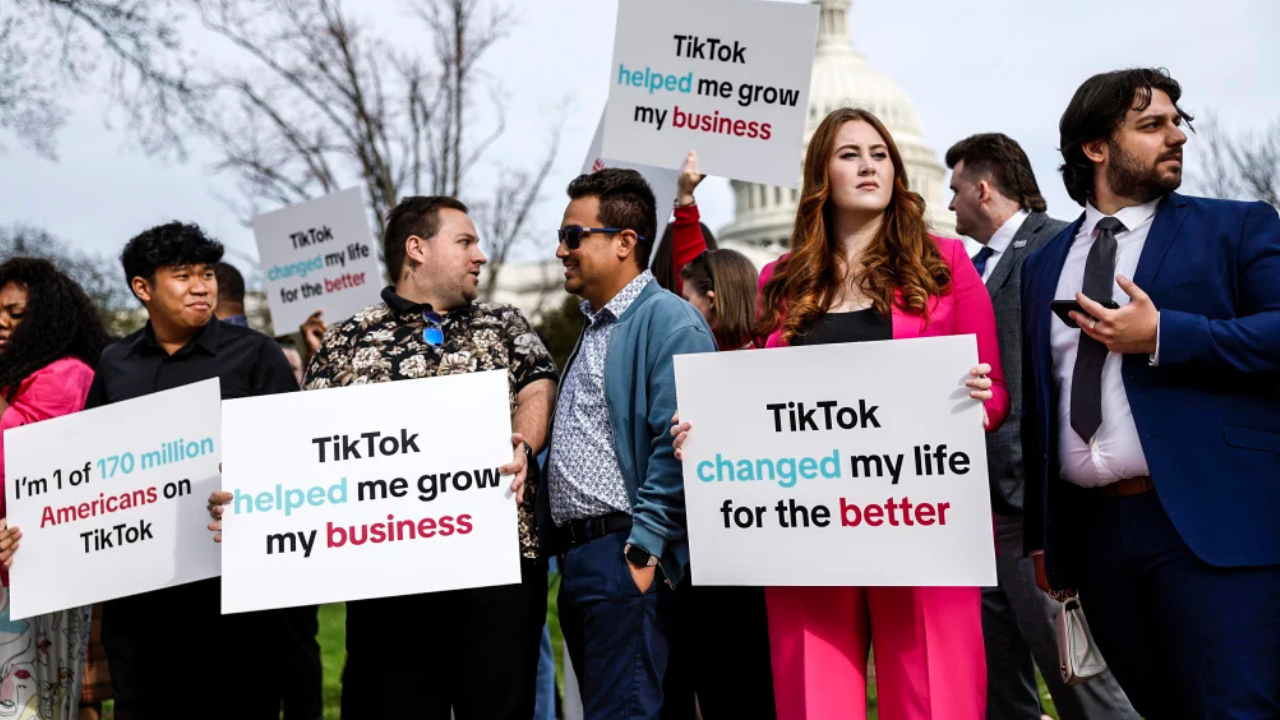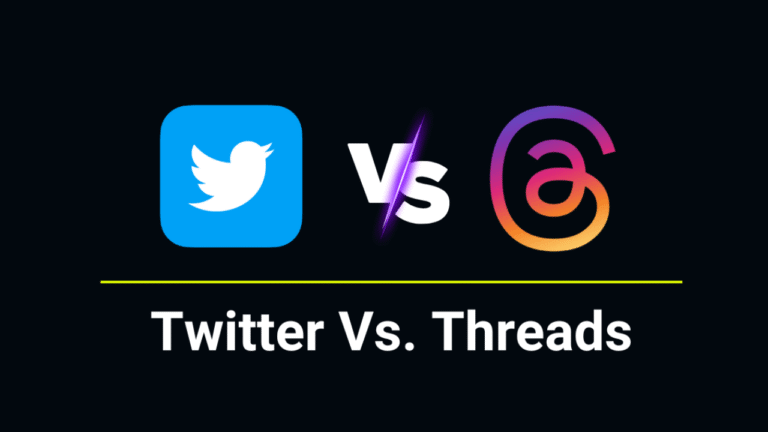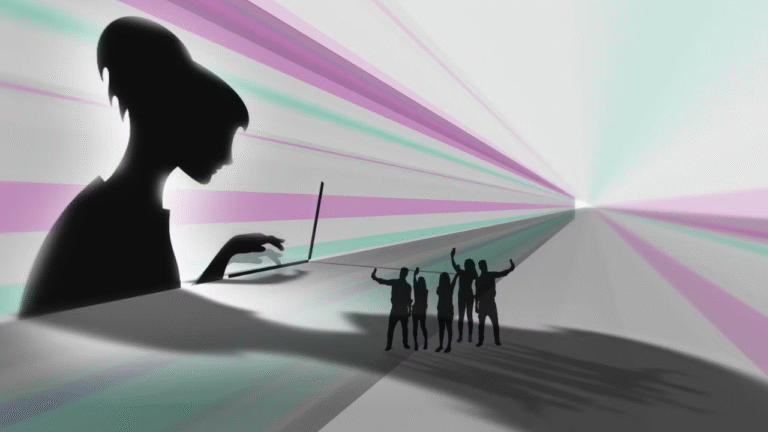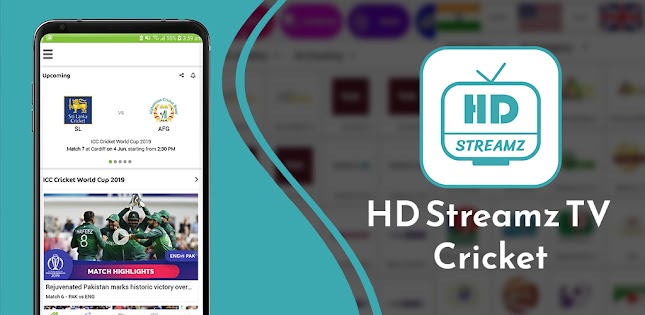The Real Story Behind the TikTok Ban – What It Means for Creators
For millions of users across the globe, TikTok has been more than just a place to scroll. It’s where creativity thrives, where voices are discovered, and where trends start. But as 2025 unfolds, one of the most talked-about developments in the digital world is the wave of bans and restrictions on TikTok in multiple regions. From political debates in the United States to privacy concerns in parts of Europe and Asia, the future of TikTok is hanging in uncertainty. And for creators who built their careers on the app, the impact is deeply personal.
So what’s really going on? Why are governments banning a platform that has been at the heart of Gen Z culture? And more importantly, what does this mean for the creators who rely on it to make a living, share their voice, and build a following? Let’s dive into the full story.
Why Is TikTok Being Banned?
The TikTok bans didn’t come out of nowhere. For years, concerns have been raised about the app’s connection to China, its data practices, and its influence on young users. While TikTok has repeatedly insisted that it stores data outside of China and operates independently from its parent company ByteDance’s political ties, many governments aren’t convinced.
In the United States, lawmakers argue that TikTok poses a national security threat. The concern is that user data could potentially be accessed by the Chinese government, creating risks around surveillance and influence. Although TikTok has denied these claims, the debate intensified in 2024, leading to legislation that would force ByteDance to sell TikTok’s US operations or face a full ban.
Other countries followed suit. India banned the app entirely as far back as 2020, citing similar concerns. In 2025, Canada, Australia, and parts of the European Union began rolling out partial bans — particularly on government devices or in schools.
What’s Happening Right Now?
As of mid-2025, the TikTok situation varies by country:
- In the United States, TikTok is facing a looming deadline. If ByteDance doesn’t sell the platform’s US operations to an American company, the app could be banned from app stores and networks by the end of the year.
- In the European Union, several member states have restricted the use of TikTok in government institutions, while others are debating stricter privacy laws that could force TikTok to comply with new data transparency standards.
- In countries like India, the ban remains firm. TikTok is unavailable, and alternative platforms have filled the gap.
- In Southeast Asia, Latin America, and Africa, TikTok continues to thrive with fewer restrictions — but even there, conversations around digital sovereignty and platform accountability are growing louder.
This inconsistent global landscape has left creators and audiences in a state of confusion. The platform might be fully accessible one day and restricted the next, depending on your location and local laws.
The Creators Caught in the Crossfire
No group feels this uncertainty more than TikTok creators. Over the past few years, TikTok has been the launchpad for dancers, comedians, educators, musicians, activists, and even small business owners. For many, it’s not just a hobby — it’s a full-time career.
Some creators have built million-dollar brands based entirely on their TikTok presence. They’ve launched music careers, signed with talent agencies, and secured brand deals that would have been impossible without the app. So what happens when that platform gets taken away?
The answer varies. Larger creators are already diversifying, moving audiences to Instagram Reels, YouTube Shorts, and even newer apps like Lemon8 or Byte. But for smaller creators who haven’t built a cross-platform presence, the ban feels like losing a lifeline.
What’s more, the community aspect of TikTok — the duet culture, the stitched responses, the comment-driven creativity — is hard to replicate elsewhere. Other platforms have short-form video features, but none quite capture the collaborative magic that TikTok mastered.
Economic Impact of the Ban
The TikTok ban isn’t just a creative issue — it’s an economic one. Influencer marketing on TikTok has grown into a multibillion-dollar industry. Brands of all sizes use the platform to reach niche audiences, launch viral campaigns, and promote products in organic ways.
A full ban could disrupt that entire ecosystem. Companies that rely on TikTok for marketing will have to rethink their strategies. Influencer managers, content producers, and even video editors who work behind the scenes could lose work. Startups built around TikTok trends or data analytics may see their business models collapse.
And for creators who turned their TikTok fame into e-commerce stores or product lines, the potential loss of reach could directly hurt revenue. It’s not just about views and likes — it’s about income.
TikTok’s Response
TikTok isn’t staying silent. The company has launched legal challenges against potential bans, arguing that they violate freedom of expression and unfairly target a private business. In the US, TikTok has taken its case to federal courts, attempting to block legislation that would force a sale or removal from app stores.
The platform has also ramped up transparency efforts, including opening data centers outside of China, creating more visible content moderation systems, and launching PR campaigns that highlight the app’s positive impact on creators and communities.
But whether those efforts will be enough remains uncertain. The political pressure is strong, and many lawmakers are unlikely to reverse their stance, especially in an election year.
How Creators Are Adapting
In response to the uncertainty, creators are making major moves. Some key strategies include:
1. Diversification
Creators are moving their audiences to Instagram, YouTube, and even platforms like Snapchat Spotlight. They’re building email lists, Discord communities, and podcasts to maintain a direct line to their fans.
2. Content Repurposing
Short-form videos are being reformatted and reposted across multiple platforms. The goal is to get more value out of each piece of content and avoid being platform-dependent.
3. Cross-Brand Collaborations
Many influencers are using the current spotlight on TikTok to partner with brands for multi-platform campaigns that don’t rely solely on TikTok reach.
4. Advocacy
Some creators are speaking out publicly against the bans, joining digital rights groups, or testifying about the economic and social impact of losing access to the platform.
What This Means for the Future of Social Media
The TikTok ban is not just about one app. It’s part of a broader shift in how governments and users view social media platforms. Questions about privacy, content moderation, data ownership, and national influence are becoming central to the conversation.
For creators, the message is clear — relying too heavily on any single platform is a risky game. Whether it’s TikTok today or another app tomorrow, digital careers need flexibility and adaptability to survive.
Final Thoughts
The real story behind the TikTok ban isn’t just about politics or privacy. It’s about people. People who found a voice, a following, a business, or a sense of community on an app that’s now at the center of global controversy. For creators, this moment is a reminder to stay agile, think long-term, and prepare for a constantly shifting online landscape.
No one knows for sure what will happen next, but one thing is certain — the creator economy is not going away. It’s just evolving. And no matter what platform dominates tomorrow, creators will find a way to shape it, build on it, and thrive within it.
Stay in touch to get more news & updates on The Wheonx!






